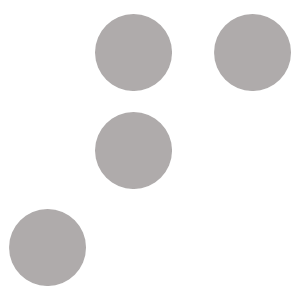Available online , Korean Herb. Med. Inf. 2022;26(1)
대한한의진단학회지 제26권 제1호
doi:10.22674/KHMI-26-1-2
379 views
한의변증의 맥상 분류에 근거하여 살펴본 부중침 방법론 제안
A Study on the Methodology of Pulse Classification Analysis and Superficial-Middle-Deep Distribution Method among Classification of Symptoms in Korean Medicine
Abstract
Objectives
To compare and investigate the utilization of “Cun-Guan-Chi distribution method” and “Superficial-Middle-Deep distribution method” as a methodology for acquiring information on pulse pulsation, and to suggest a pulse pulsation method that can be effectively applied to various classification of symptoms categories.
Methods
The pulse pulsation presented in the classification of symptoms section of 『Diagnostics of Korean Medicine-Diagnostics(Classification of Symptoms)』 are summarized, and by pattern differentiation category, we investigated the number of cases corresponding to the Cun-Guan-Chi distribution method and the number of cases corresponding to the Superficial-Middle-Deep distribution method in pattern differentiation of Zhang–Fu.
Results & Conclusion
There were 165 cases of pulsation related to classification of symptoms, most of which were Superficial-Middle-Deep distribution method, and Cun-Guan-Chi distribution method was applied in only 1 case. Apoplexy can be broadly classified into the categories of lesion characteristics and lesion site, and accordingly, the strength of the pulse, the strength of the pulse, the degree of relaxation, and the pulsation code of the physiological pulse, pathological pulse, and True Visceral Pulse(眞藏脈) of the Superfical-Middle-Deep distribution method are determined.
Keyword: Classification of symptoms, Pulse pulsation, Superficial-Middle-Deep distribution method, Cun-Guan-Chi distribution method, Physiological pulse, Pathological pulse, True Visceral Pulse
Seung-Il Lim et al. A Study on the Methodology of Pulse Classification Analysis and Superficial-Middle-Deep Distribution Method among Classification of Symptoms in Korean Medicine. Korean Herb. Med. Inf. 2022;26(1):11-27.

